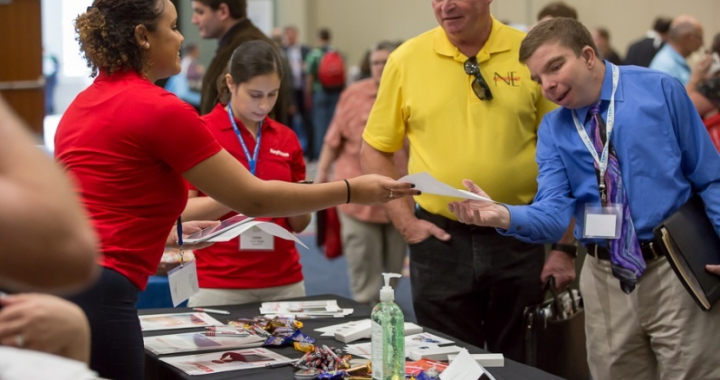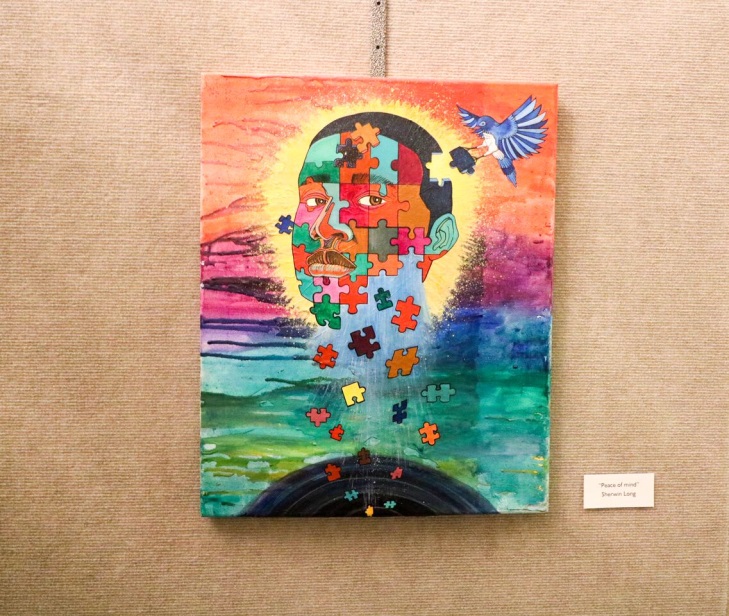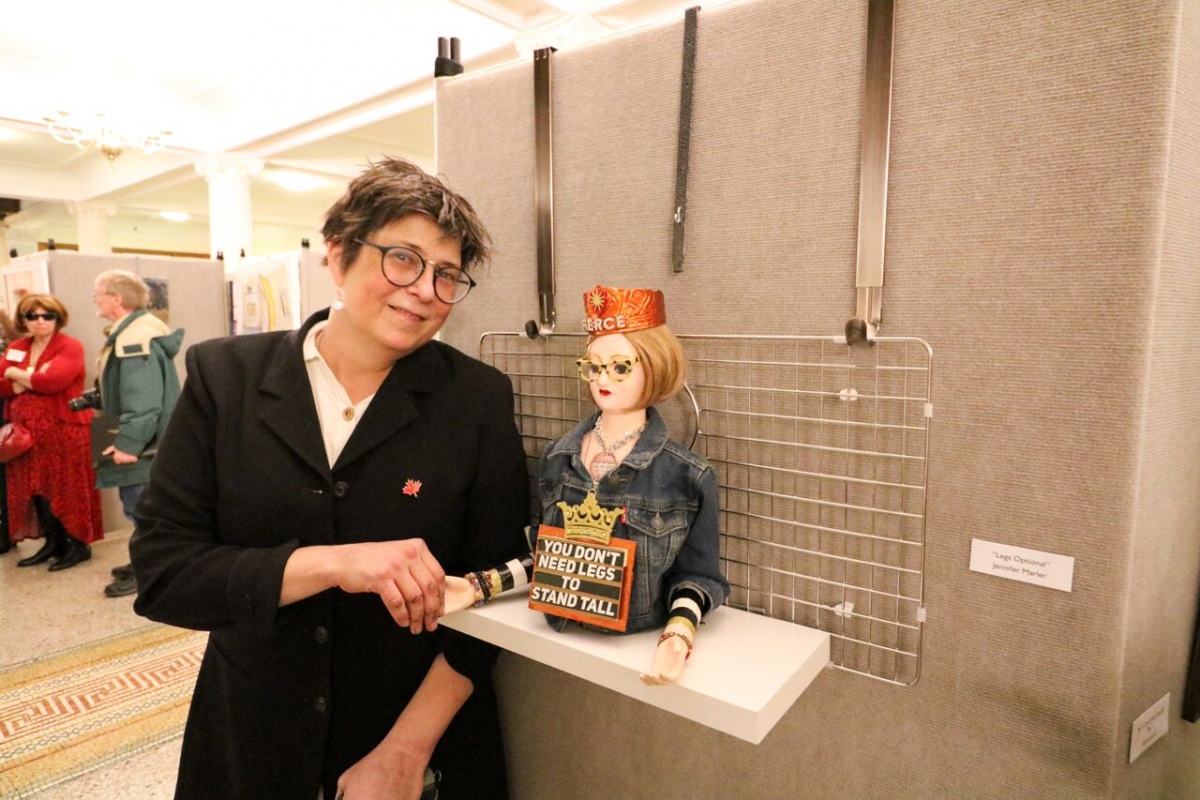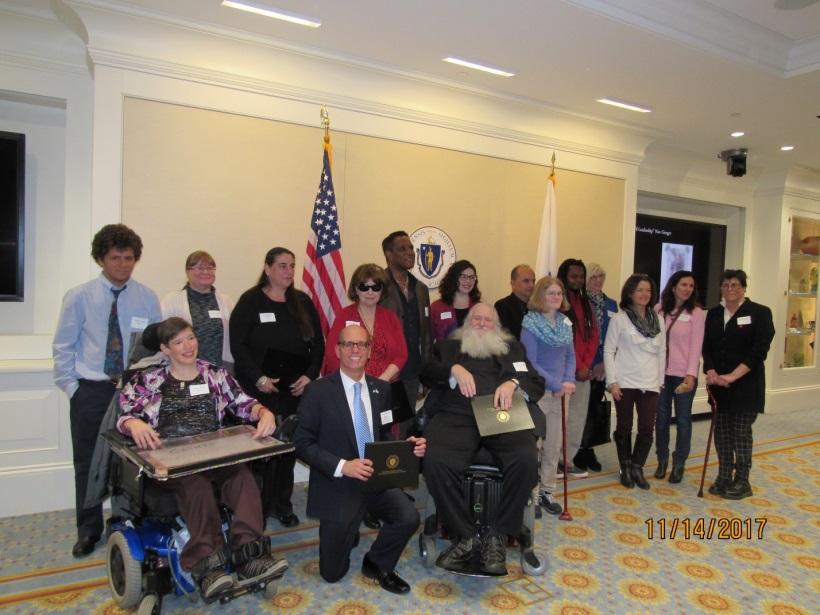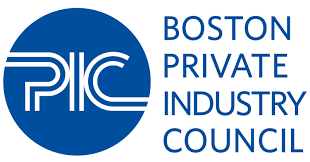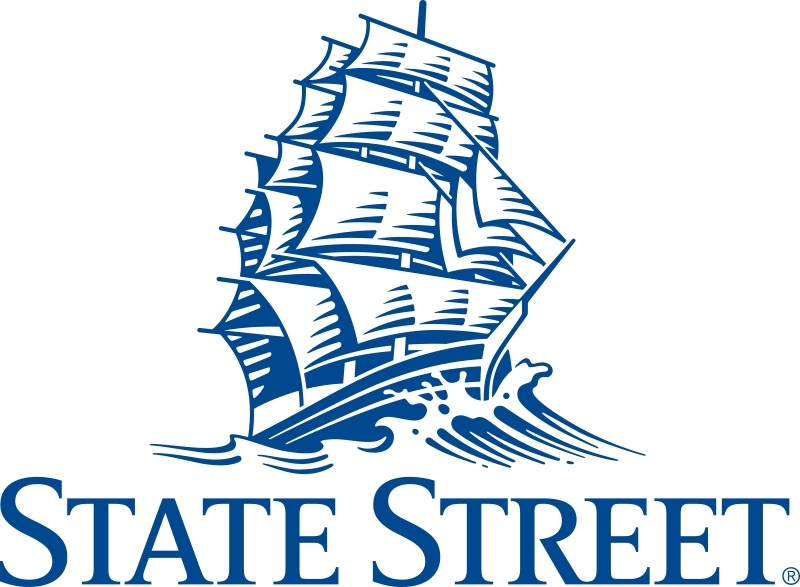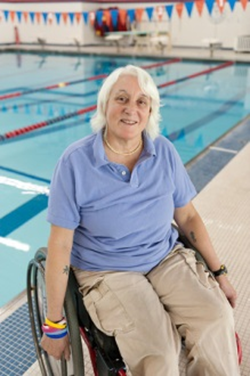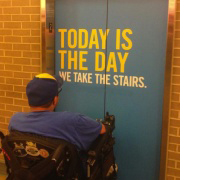When people think about making money, they usually think of getting a job, which is a good way to go – stability. However, what about entrepreneurship? It may be a harder path to take because it involves spending time researching markets, understanding certain processes in business, accessing capital, and networking with the right people in your industry. The list goes on.
For me, being an entrepreneur is not only the path to becoming a millionaire, it is also a path to adding value to people’s lives by creating opportunities such as hiring persons with disabilities – like myself! Since I became paralyzed from Bacterial Spinal Meningitis at the age of fourteen, I’ve been receiving Social Security benefits that have enabled me to become a motivational speaker, entrepreneur and CEO of Ray Grand Apparel. Though I never wanted to stay on Social Security forever, the benefits have been a great resource for me to survive and have the majority of my needs met. Social Security income, however, isn’t enough for me to thrive and live a fulfilled life. I believe entrepreneurship is the gateway to financial freedom. Having personal experience overcoming challenges gives me the grit to stick it out through the tough times in my business. Who wants to be a millionaire? I do and I’m sure most people do, however it requires sacrifice, discipline, hard work and of course entrepreneurship! Some people may say starting a business may be too risky—finding enough capital and/or resources and I understand. On the other hand, if you have a talent, are passionate about an idea, a social issue, or people, you have something that can help reconstruct our world in some capacity. Your talents, ideas, and passions can add value to someone’s life. You can turn your ideas into money when you invest quality time.
How did I start my business?
I thought to myself … there has to be a way that I could still receive Social Security benefits to meet my basic needs and work on my business without it affecting those benefits. As many individuals with disabilities know, the amount of money required for even daily health care supplies required to live is expensive. Aware of this challenge, I scheduled an appointment with my local Vocational Rehabilitation Office and met with my counselor to discuss my goals. She told me about PASS, which stands for Plan to Achieve Self-Support. PASS is a ‘work incentive’ for people who receive Social Security Disability Insurance (SSDI) or Social Security Income (SSI). PASS provides beneficiaries receiving social security benefits with a framework to develop a business plan, as well as setting aside money to advance toward achieving education or employment goals including jumpstarting a business. Yes! There is hope and I was about to make it happen – and so can you!
How did I survive in business throughout the years?
Starting a small business has its risks and rewards. There are a few things I’ve learned on how to maintain a successful business. Cultivating personal and business relationships helped me to build a network. I value all people regardless of their role or title in a company. Someone’s title should not dictate how you treat them. Measure someone based on their character and who they are. Every person matters. You never know what relationship may be your next million dollar deal.
It is also important to connect with your customers whether it’s through email, phone, or social media. Build a rapport with your customers and show them that you value them. Follow up with your customers and get feedback to make sure they are satisfied with your products and services.
You also want to set goals for your business. What is the purpose of your business, why does it exist, and how do you want to make a difference? Your WHY is your purpose. Your purpose is your message. Your message is how you connect to your customer and then to the world. “Everybody has information, but very few connect.” – John Maxwell.
GOOD LUCK!

For more information on working
and social security benefits, contact the
Work Without Limits Benefits Counseling team













